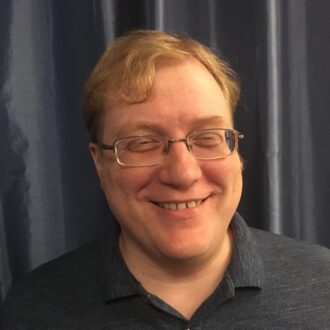Aaron Brewster
Computational Staff Scientist
Research Interests
I focus on serial crystallography computational methods development by researching new algorithms and methods for data reduction at high-energy XFEL sources and synchrotrons. I’m interested in all aspects of the process, from modeling the physics of photon diffraction to file formats and metadata standards to using supercomputers to process huge amounts of data in real time to data visualization.
I am a member of the data reduction team of the Computational Crystallography initiative (cci.lbl.gov), focused on analysis of diffraction data from advanced light sources, including X-ray free electron lasers (XFELs).
I am also researching as part of a large collaboration with the University of Connecticut and MIT the crystal engineering of hybrid coordination polymers towards achieving rational control over the optoelectronic properties of low-dimensional nanostructures. We are using machine learning principles to add advanced spatial and symmetry aware neural network training methods to small-molecule chemical crystallography and material science data processing. Press release.
Recent Publications
Related News
New Film Follows MBIB Scientist and Team to Japan
Catch Aaron Brewster, a staff scientist with MBIB, in a new short documentary film that follows a team of experts on a trip to Tokyo, Japan, to test a new technique of X-ray crystallography.
Biosciences FY25 LDRD Projects
The projects of 23 Biosciences Area scientists and engineers received funding through the FY25 Laboratory Directed Research and Development (LDRD) program.
Congratulations to Biosciences Area Director’s Award Recipients
Several Biosciences Area personnel are among the 2024 recipients of Berkeley Lab Director’s Achievement Awards. The program recognizes outstanding contributions by employees to all aspects of Lab activities.




